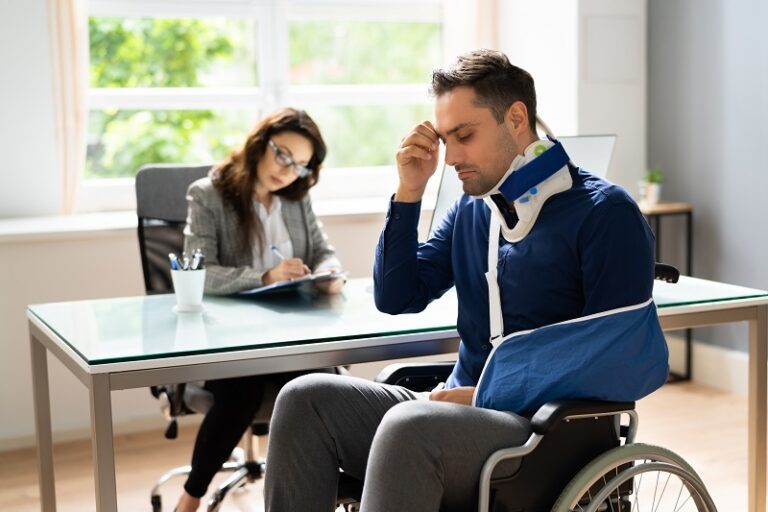Auto manufacturers have recently been the targets of mass scrutiny when it comes to producing defective cars that fail to ensure the safety of children and infants in the backseat in the event of a car accident, resulting in serious injury and death to children worldwide. Called “seatback failure,” this defect is the reason dozens of children are permanently injured or killed by preventable car accident injuries each year.
In California, preventable injuries are the leading cause of death among children under the age of 16, with motor vehicle occupant injuries listed as one of the top five leading causes. Because airbags are dangerous for children sitting in the front seat, they must sit in the back, and now manufacturer error makes that area unsafe as well. If manufacturers had considered and repaired the issue with seatback failure, it could have prevented the injury and death of many children.
What is Seatback Failure?
For years, the National Highway Traffic Safety Administration (NHTSA) has assured parents that the safest place for their children is the backseat of a car. Parents were told that airbags that come out with great force and shattered windshields cannot injury children sitting in the back. Now, new information has renewed the concern about seatback failure as a major hazard for children – and is placing the blame with auto manufacturers.
In March 2016, crash test videos showed that in collisions, when one car hits another from behind, the front seats collapse backwards, launching occupants into the backseat, causing “seatback failure” and it has caused thousands of injuries and deaths to backseat occupants. In the event of an accident within these vehicles, front seat occupants become high-velocity projectiles, hitting the occupants of the backseat with immense force.
When car seatback failure occurs, the driver of the vehicle can suffer catastrophic injury, but the children in the backseat are most vulnerable to death. If a car is in an accident and the front seat breaks, snapping backwards, the driver and backseat passenger will collide. This results in serious traumatic injury to both passengers, but especially the child, because both the seat and the driver hit them full force.
Cases of Seatback Failure
In the situation that prompted CBS to launch an investigation, a 7-year-old boy suffered permanent brain damage, partial blindness, and paralysis after his father and the driver’s seat struck him after seatback failure occurred in their Audi sedan when it was rear-ended. The boy’s younger brother was sitting behind the unoccupied passenger seat and walked away from the accident without a scratch.
During the trial, Audi engineers stated they had manufactured the car to do this purposefully in the event of an accident, to absorb crash energy and better protect the driver. Drivers of these vehicles and emergency medical technician responders were shocked that this was Audi’s conscious choice. The family sued Audi for gross negligence.
Seatback failure is not a new danger – examples of deaths and injuries relating to seatback failure date back to at least the 1990s, with examples of children dying because front seats collapsed on them. Yet to this day, the law has done nothing to enhance minimum standard requirements. Renewed interest in the dangers is shedding light on the issues surrounding seatback failure and sparking anger among concerned parents everywhere.
Get Help With Your Seatback Failure Lawsuit
At Gomez Trial Attorneys, we sincerely hope we don’t see you because your child has been the victim of seatback failure. No child should have to suffer from a manufacturer defect. If this is your reality, however, contact our team of attorneys today to discuss your case. Our personal injury lawyers are compassionate about protecting California’s children, and we will work hard to bring guilty car manufacturers to justice.
Sources:
https://www.autoblog.com/2016/03/09/children-rear-seat-car-crash-deaths/







